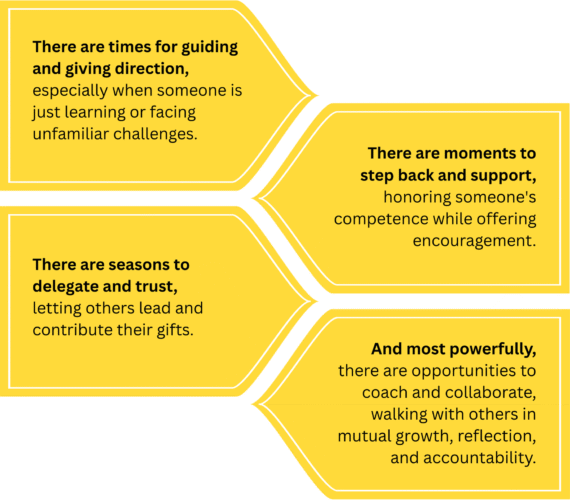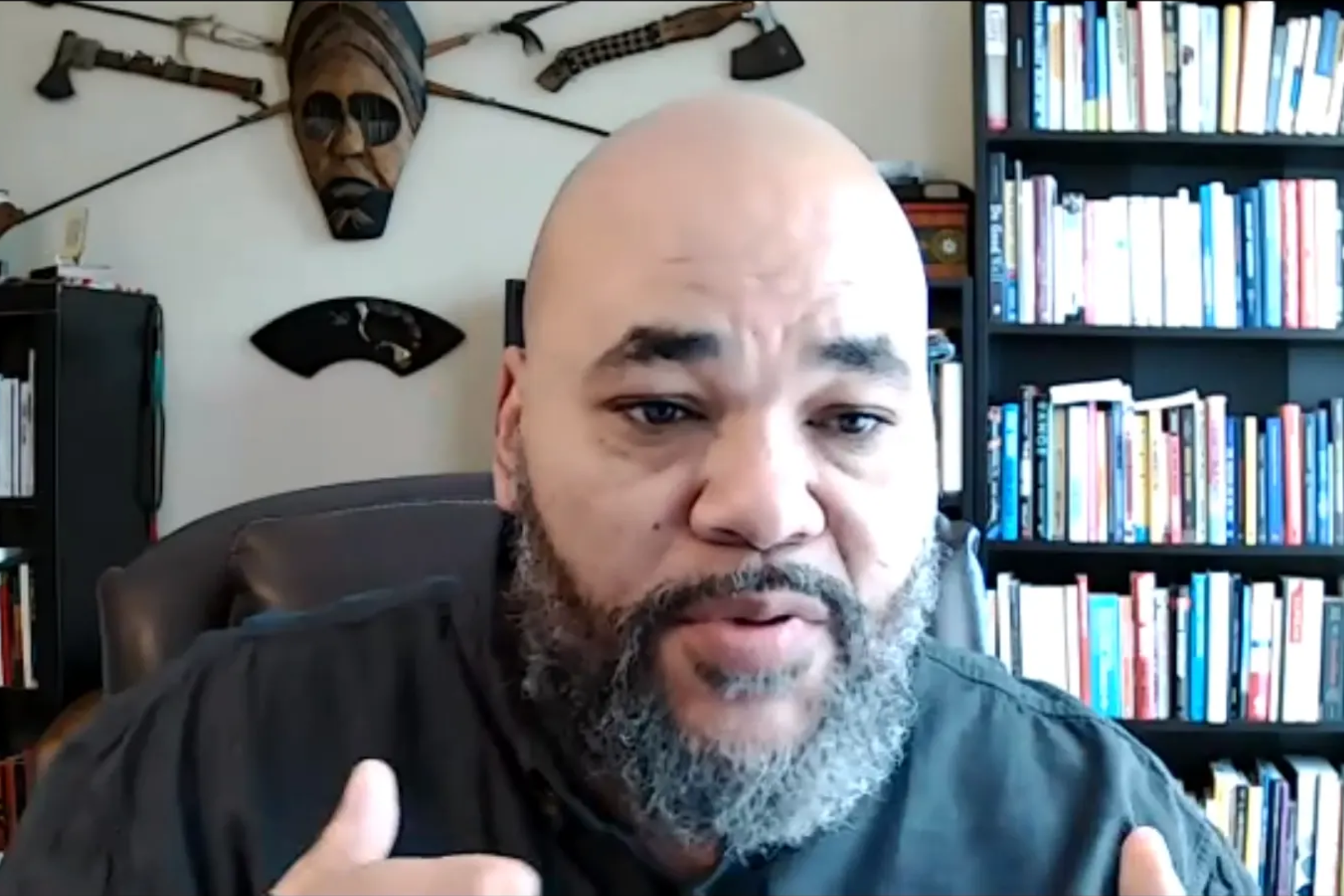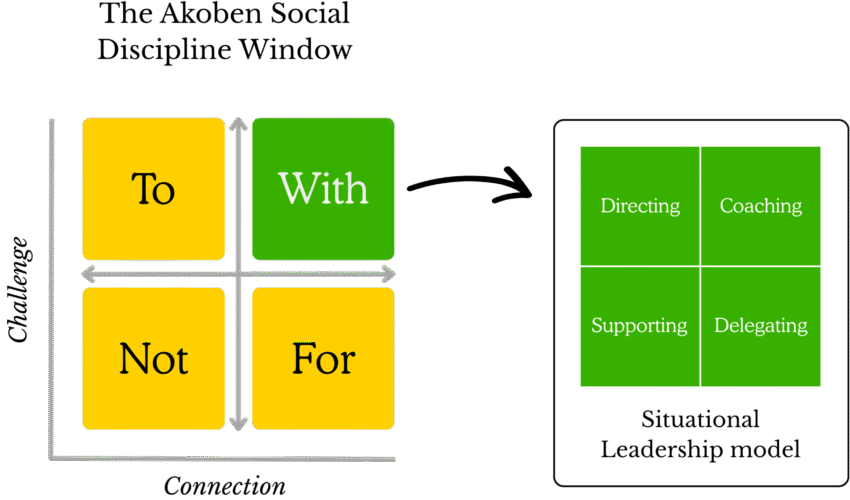In a thriving village, leadership is not about power over others—it’s about walking with them. Both the Situational Leadership Model and the Akoben Social Discipline Window remind us that effective leadership is not one-size-fits-all. It is relational, adaptive, and deeply human. These models mirror what it means to lead in a village: to meet people where they are, offer what is needed in the moment, and cultivate shared responsibility for growth and belonging.
Leadership With the Village
The With quadrant—the heart of restorative practice—is the spirit of the village. It is where people are seen, challenged, supported, and trusted. It is where relationships are central, and every member has a role in shaping the health of the whole.
So when we ask, What does it mean to be a Champion in the Village?, part of the answer lies here:
To be a Champion is to lead with intention, with heart, and with others—embodying the flexibility, care, and accountability that make a village strong.


From Theory to Relational Practice

Connecting Theory to Leadership Practice

The Evolution of the Framework
Leading With the Village
In every strong village, leadership is not about controlling others—it’s about walking with them, shoulder to shoulder. The Village of Champions is built on this principle. Whether we’re supporting a peer, mentoring a student, or working across systems, leadership in the village calls us to balance care with challenge, and flexibility with accountability.
Two powerful frameworks help us explore what it means to lead in this way: the Situational Leadership Model and the Akoben Social Discipline Window. Together, they affirm that effective leadership is relational and responsive—just like life in a village. They remind us that leaders must continuously ask:
What does this person need right now? How do I lead with—not over or for—them?

